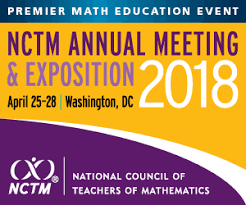 My latest column for Quanta Magazine explores the concept of a Nash equilibrium in the simple game of Rock-Paper-Scissors.
My latest column for Quanta Magazine explores the concept of a Nash equilibrium in the simple game of Rock-Paper-Scissors.
A Nash equilibrium occurs in a game when each player employs a strategy that can’t be improved upon. That is, in a Nash equilibrium, no player can improve their individual outcome by changing their strategies. John Nash proved that in all games involving a finite number of players and a finite number of options, a Nash equilibrium must exist. This result revolutionized game theory and economics, and earned Nash the Nobel Prize in 1994.
My column explores the nature of Nash equlibria in the context of a game everyone is familiar with: Rock-Paper-Scissors.
So, what does a Nash equilibrium look like in Rock-Paper-Scissors? Let’s model the situation with you (Player A) and your opponent (Player B) playing the game over and over. Each round, the winner earns a point, the loser loses a point, and ties count as zero.
Now, suppose Player B adopts the (silly) strategy of choosing Paper every turn. After a few rounds of winning, losing, and tying, you are likely to notice the pattern and adopt a winning counterstrategy by choosing Scissors every turn. Let’s call this strategy profile (Scissors, Paper). If every round unfolds as Scissors vs. Paper, you’ll slice your way to a perfect record.
The guaranteed existence of Nash equilibria dramatically impacts the way we study economic incentives, treaty negotiations, network analysis, and many other things. However, a recent paper suggests that even though Nash equilibria must exist, it may be unwise to assume players will always find them! You can learn more by reading the full article at Quanta Magazine.



